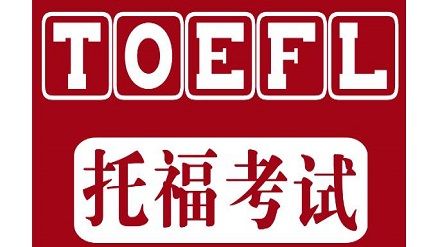下面是一篇关于考古年代的测定的托福听力背景知识,这篇托福听力背景的主要内容是区分一下考古中的relative dating也就是相对年代测定和absolute dating也就是绝对年代测定的异同之处,下面是详细内容。
Dating Methods in Archaeology
If there is one fundamental issue on which most archaeologists can generally agree, it is the importance of chronology in studying the past. Although one of the most important contributions that archaeology can make is the study of cultures over long time spans, control of the time dimension is crucial in almost all kinds of archaeological research. In studying the archaeological record, the archaeologist needs to differentiate those materials that are contemporary and those that reflect the passage of time. Given the importance of establishing the temporal relationships of archaeological remains, it is not surprising that until the introduction of dating techniques from the physical sciences (e.g., chemistry and nuclear physics), issues of chronology dominated archaeology. Archaeologists can now access a wide variety of techniques to estimate the age of archaeological remains, and can now turn their attention to issues other than chronology.
The dating methods used by archaeologists vary considerably in precision and the nature of the material actually dated. Age determinations for archaeological materials may be direct or indirect. Direct dates are derived from the actual artifact, feature or ecofact to determine the age of the material. Indirect dates are based on material associated with the archaeological item of interest. For example, ash in an ancient hearth can be dated by the radiocarbon dating method (discussed below) and other material, such as pottery, stone tools, and fragments of animal bone associated with the hearth, can then be indirectly assigned the same age. This assignment, however, assumes that there is sufficient evidence indicating that both the hearth and the artifacts reflect the same contemporaneous event, thus allowing the extension of the direct date to the other related material.
Dates may be relative or absolute in their scale of measurement. Relative dating simply orders remains into a ranked chronological sequence, where the age of each is relative (i.e., earlier than later than, or contemporary) to the others. The preliminary steps in most archaeological research usually employ relative dating methods to order artifacts, features and sites into temporal sequences. Absolute dating provides a specific calendar age estimate (e.g., 1000 years ago), thus allowing determination of the actual amount of time difference between absolute dates. Although absolute dates provide a calendar age, they vary in their precision, as many have an uncertainty factor attached that indicates a range of time rather than a specific date.
Although dating methods are used to determine the age of objects and events, these dates are ordered to establish a chronology that provides a temporal framework in which the archaeological material can be placed. This chronology-building process is the foundation for archaeological studies. In this chapter, we examine some of the major techniques that have been developed to date the archaeological past and material from the archaeological record.
以上就是关于年代测定的托福听力背景知识的全部内容,相对年代测定和绝对年代测定是考古中两个非常重要的概念,大家在托福听力材料中遇到和考古相关的材料就十分有可能遇到这两个概念。
